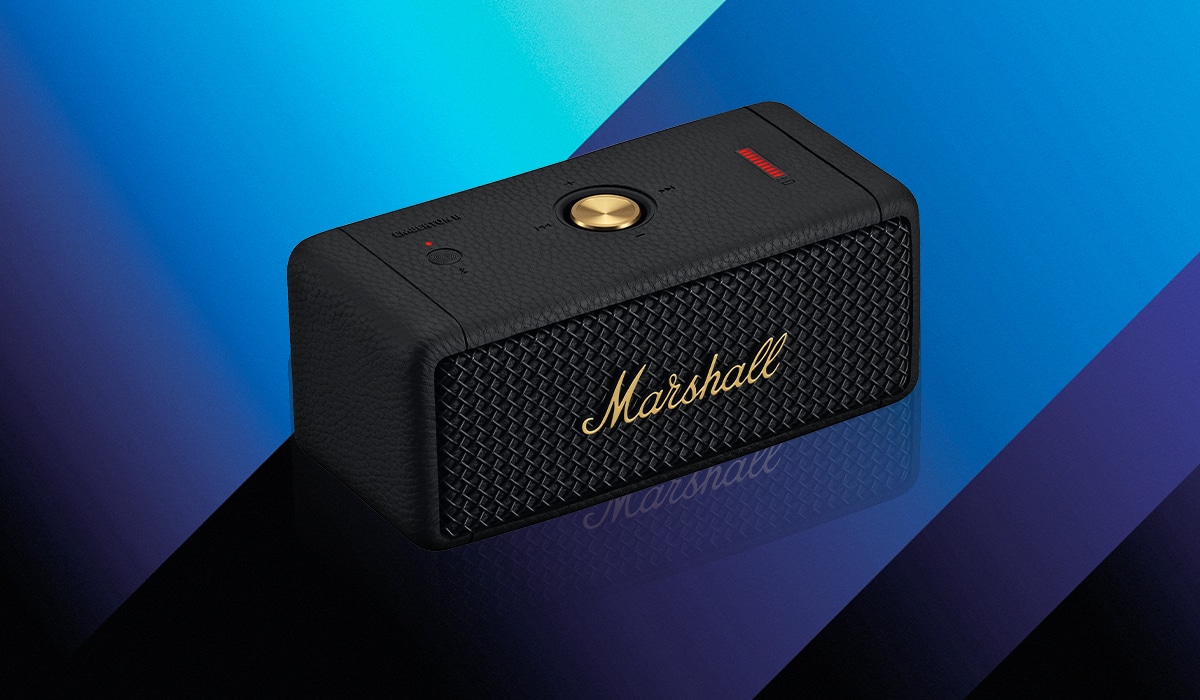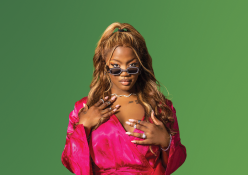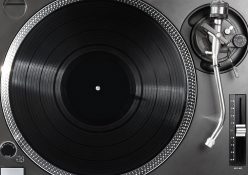Over the past few years, queer representation in mainstream media has enjoyed a massive upswing. But how on earth did we get here?
REAL PEOPLE ON SCREEN
The situation used to be that finding a queer film to watch was a struggle. If you’re a millennial of a certain age, and happen to be somewhere on the queer spectrum, you would probably remember that situation all too well. Having to become a veritable sleuth at the video shop, or in dark, sordid corners of the older, pre-streaming internet, to try and find a film with queer characters who were actually relatable, out, and proud.
I think that last point, of relatability, may actually veer closer to the truth of what the matter used to be. Why? Well, because it wasn’t really finding films or TV shows with a few queer characters that used to be the ‘real’ problem. No, it was finding media with relatable characters; ones who felt like real people.
A QUEST FOR REPRESENTATION
See, for a long time queer characters in the mainstream didn’t really feel like genuine representations of the queer experience. They were more like caricatures. Characters such as restaurant critic Gil Chesterton on the ’90s sitcom, Frasier, or Sex and the City’s Stanford weren’t exactly as well-rounded or nuanced as their hetero-counterparts. In fact, they almost seem intentionally sanded down to serve as a form of comic relief, useful foils, and more often than not, a punchline.
Most importantly, the thing that seemed to bind these ’90s queer characters together was the simple fact that they were completely denied of an internal world. They were reactive, almost totally desexualised, and used to further other characters’ plot lines way more than their own .

Now, that is not to say that some groundbreaking works of queer media didn’t exist back then. Shows like Queer as Folk and The L Word prove that. But shows of that ilk were niche, oftentimes indie, and never made a mark on the mainstream in the way shows that didn’t focus on queer narratives did. The closest a queer show came to doing that was Will & Grace, but even then, in a world where that show lived up to the absolute power it could have had to influence the mainstream, a film like Brokeback Mountain would not have been hailed as revolutionary.
So, how then, only a decade and a bit later, has queer media come to have such an incredible place in the mainstream media? How have shows like Sex Education and Uncoupled, or films like Alex Strangelove and Call Me By Your Name, not only been well received but manage to break the mould of queer cinema -the idea that films and TV shows about queer people can only be watched and enjoyed by queer folk alone?
Well, the answer is heart-warming at the very least. It’s genuine cultural change and widespread acceptance of queer bodies, and narratives, on a scale never seen before.
It began with films such as the aforementioned Brokeback Mountain, Moonlight, and the lesser-known Weekend. Groundbreaking works of cinema that not only focused on queer narratives primarily, but did something even more revolutionary: These cinematic works added dimension to queer narratives. Gone were the days of queer characters being reduced to just the flamboyant gay man or the bullish lesbian. No, these were stories that presented an array of different kinds of queer people, who all had as much of an internal world as any straight character.
More than that, they presented queer people dealing with and reacting to the truths of a relatable cultural reality, in which they weren’t only dealing with the alienation inherent to the queer experience, but grappling with issues of masculinity, race, gender, and their political landscapes. While these films were undoubtedly serious and more cerebral, what they created was the opportunity for that ever-present trickle-down effect.

NEW WAVE
Much like in the fashion world, the avant-garde came first: Way more serious, intellectual examinations of the form. In this case, what queer narratives could look like when handled with the respect they deserve. But then, in the same way that a deconstructed suit by Maison Margiela becomes an asymmetrical T-shirt you can buy at Woolworths, the door these films and shows opened allowed for more easily consumable queer content.
This led to Netflix films, more mainstream romps, and have gifted us the light-hearted queer content that’s so readily accessible in today’s media landscape. A queer romcom!
Who would have ever thought that this would become a reality? At the end of the day, all of the above is a great sign of immense cultural progress in a comparatively short time span. And, if you’ll allow me to butt my head in on a more personal note, as a queer man who grew up in the early 2000s, I couldn’t be more pleased that young queer folk have the opportunity to be represented by the mainstream media in a way that so many of us wished we had been a few years ago: At 7 pm on a Friday night back in 2005, perhaps, while combing through the selection of films at Mr Video, hoping to find something with a character in it that looked, and thought, like we did.
Words by Arlin Bantam
Photography: Courtesy Images







